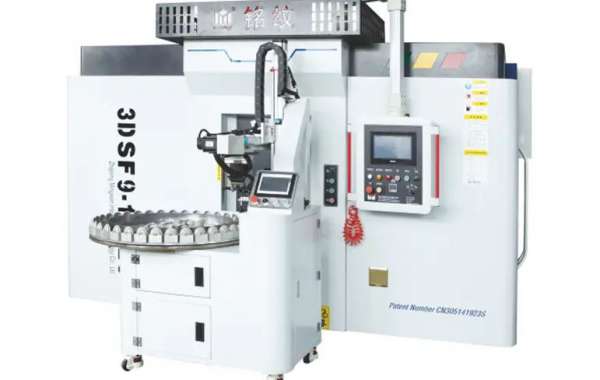A rotary transfer machine is structured around a circular indexing table that positions workpieces at different stations for sequential processing. This design offers flexibility and efficiency in manufacturing environments that require precision and high throughput. By consolidating various operations into one system, the rotary transfer machine reduces handling time and potential human error.
Each station on the rotary transfer machine is dedicated to a specific task. These can include turning, boring, threading, and more. Because parts move automatically from station to station, the system supports consistent operation across multiple shifts. This minimizes the need for constant supervision while maintaining steady production.
One of the key strengths of rotary transfer machines is the ability to run parts with tight tolerances at a steady pace. Unlike linear transfer systems, the circular motion allows for a compact layout that saves factory floor space. Its design is particularly well-suited for small- to medium-sized components that are produced in large quantities.
Rotary transfer machines also accommodate a variety of materials. Whether working with aluminum, brass, or steel, these machines ensure that each step of the machining process maintains alignment and timing. The setup time can be longer compared to single-function machines, but the return on productivity is often significant once operations are underway.
Maintenance routines on rotary transfer machines tend to be straightforward, with parts accessible for inspection or replacement. As technology evolves, many systems are now integrated with digital controls that monitor tool wear, temperature, and other critical parameters, which helps maintain quality over extended runs.
This type of equipment is increasingly used in production environments that value continuous improvement. It fits well into lean manufacturing systems and can help reduce work-in-progress inventory due to its compact and continuous processing design.
Overall, the rotary transfer machine demonstrates how synchronized, multi-station processing can boost both reliability and workflow, providing a valuable solution for manufacturers aiming to scale up their machining capabilities.







